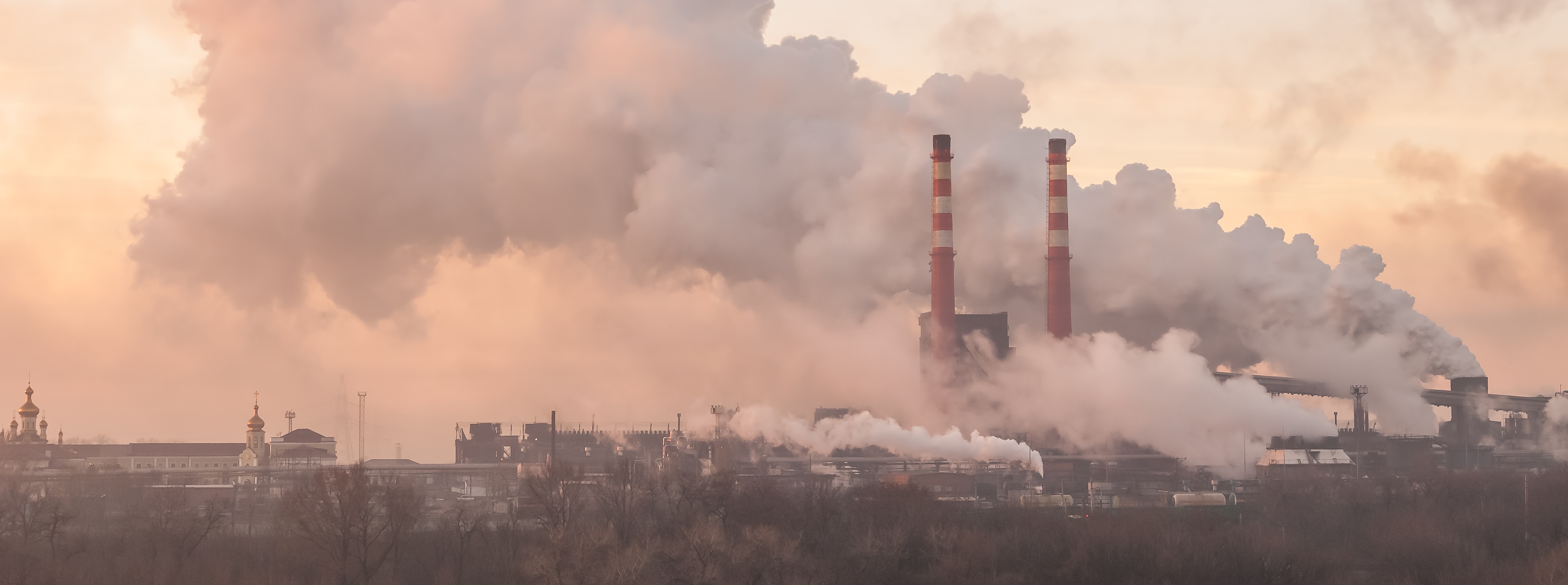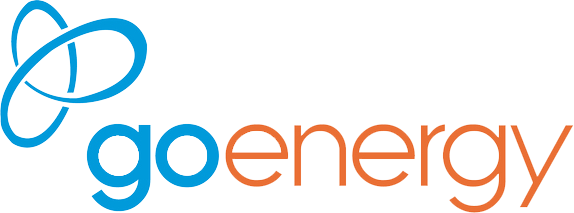On January 1st of this year, Ontario’s Cap and Trade program came into effect. Cap and Trade is a government-mandated, market-based mechanism to help mitigate climate change by setting a hard cap on greenhouse gas emissions while allowing businesses flexibility in terms of how they meet their caps. Those companies that reduce greenhouse gas emissions are rewarded through economic incentives.

In Ontario, gas utilities are required to administer the program by purchasing emission allowances and billing for the natural gas each business and home consumes. What this means is that for everyone who uses natural gas in the province, there’s a new line item on their bill. For instance, for Union Gas and Enbridge users, a surcharge appears. Electricity bills in Ontario are not affected by cap-and-trade because it is covered in gas bills.
The price of emission allowances is calculated per cubic metre of natural gas used and varies with supply and demand, as reflected in every user’s gas bill.
An Emissions Trading Auction
Under cap and trade, the government issues a limited number of permits (or allowances) specifying the amount of carbon a company can burn while setting an overall carbon emissions cap. If a company wants to burn more than its allowance permits, it must buy extra permits from other companies in Ontario’s cap-and-trade quarterly auctions. There have been three such auctions this year: March, June and September—with a fourth slated for November 29th.
In regulated industries, companies are assigned a pro-rata cap based on their share of historical emissions and are required to have allowances for all of their emissions. They purchase allowances in the auction and can then buy and sell these amongst themselves. Clean companies can benefit from selling off their credits; more emissions-heavy companies can purchase additional credits to cover their emissions. The system is geared to reduce overall emissions by reducing the cap gradually each year, while incentivizing companies to invest in cleaner processes.
Companies that emit less than 25,000 tonnes of carbon dioxide equivalent a year will be automatically charged by their local natural gas utility.
Mandatory Participants
The following are required, by law, to participate in the Cap and Trade program:
- Electricity importers
- Natural gas distributors
- Facilities emitting 25,000+ tonnes of greenhouse gas per year (equivalent to 13 million m3/year).
- Fuel suppliers selling more than 200 litres of fuel per year
Mandatory participants must purchase an emission allowance for every tonne of CO2 they produce. Companies that need additional allowances to match their emissions can buy them from the cap-and-trade auctions, through a secondary market broker or via other companies who have a surplus.
The first period of compliance is from 2017 to 2020. At the end of each period, mandatory participants must have enough allowances to equal their emissions.
Voluntary Participants
Businesses generating between 10,000 and 25,000 tonnes (5 million to 13 million m3/year) of greenhouse gas emissions per year do not have to participate in the cap-and-trade program but can choose to opt into the program as a voluntary participant. Voluntary participants may register for the upcoming year if they meet the criteria set out in the cap-and-trade regulation. To be a part of this program you must complete a series of steps and meet key deadlines each year.
Voluntary participants are subject to the same rules as mandatory participants. Depending upon the industry, companies that lower emissions below sector-specific historical benchmarks may be able to obtain allowances that they can then sell to other companies.
Free Allowances Available
Most large emitters will receive most of their required emission allowances for free during the initial compliance period of 2017–2020. Beginning in 2018, that number will decline at a rate of 4.57% per year for combustion emissions. To remain compliant, companies will need to either reduce their emissions or purchase allowances or credits.
Both mandatory and voluntary cap and trade participants can apply for free emission allowances provided they are:
- An electricity generator
- Involved in electricity importation and transmission
- Producing or supplying petroleum
- Distributing natural gas
Companies must apply for free emission allowances by September 1st of each year.
Cap and Trade and Energy Costs
The cost of emission allowances is now built into the cost of natural gas, electricity and other fuels.
Almost all carbon emissions from electricity generation in Ontario are related to natural gas-fired generation. Thus there is no separate cap-and-trade charge on electricity bills.
Meanwhile, natural gas generators are paying for the cost of their carbon emissions through the upstream purchasing of credits by distributors who then pass on the additional cost of these credits as a charge for the natural gas consumed. This translates into an increased cost to produce electricity and higher electricity prices.
In theory, cap and trade will continue to put upward pressure on the Hourly Ontario Electricity Price (HOEP) because as the availability of credits decreases, the price of emission allowances will increase. However in actual fact, we’ve seen the cost of HOEP decrease since the beginning of the year.
What Happens to the Proceeds of Cap and Trade?
Proceeds from Cap and Trade are estimated to be around $1.5 billion per year. The province will reinvest into the province’s Greenhouse Gas Reduction Account (GGRA), which will be used to fund eco-friendly projects to further reduce GHG emissions, such as the Ontario Climate Change Action Plan.
Among other plans to reduce emissions, the government intends to create incentives for the purchase of electric vehicles, increase the availability and use of lower carbon fuel, improve public transportation, and provide incentives for apartment building energy retrofits.
The Green Ontario Fund will apportion some of the proceeds into creating incentives to purchase electric vehicles, retrofitting of homes and supporting clean energy technologies.
Beyond Ontario
As part of the Western Climate Initiative, Ontario joined with other jurisdictions to create a cohesive cap and trade program. Since 2014, two other jurisdictions in North America have been active in cap and trade: California and Quebec. Oregon is now considering similar legislation.
Ontario’s program was designed to be aligned with these markets and joint auctions with California and Quebec are staring in 2018. Total revenue from these will be divided amongst the three jurisdictions.
Starting in 2018, the Canadian federal government will impose a national price on carbon to meet its obligations under the Paris Agreement.
For more information about Ontario’s cap and trade program, contact GOenergy today.

